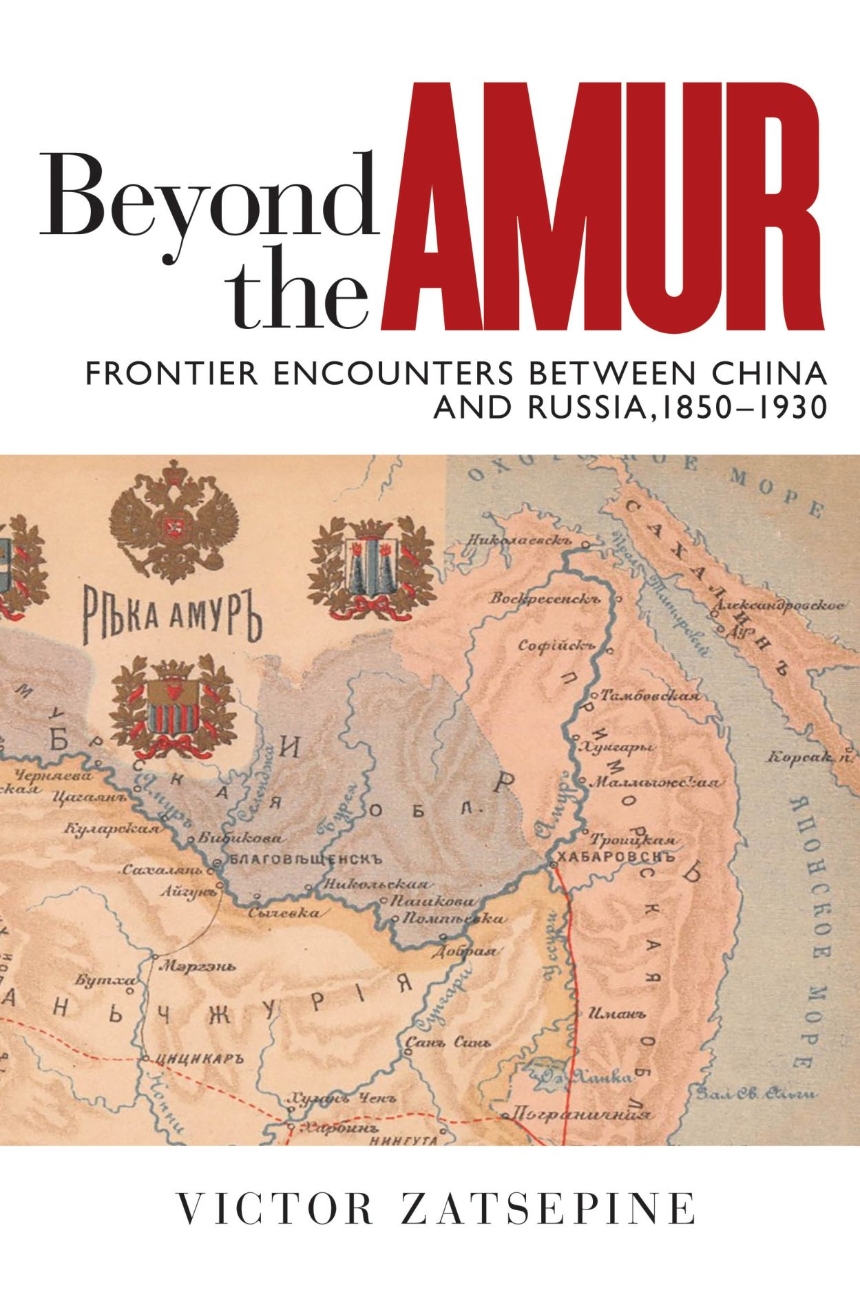University of British Columbia Press
Beyond the Amur
Frontier Encounters between China and Russia, 1850–1930
Distributed for University of British Columbia Press
Beyond the Amur
Frontier Encounters between China and Russia, 1850–1930
Beyond the Amur describes the distinctive frontier society that emerged in the Amur, a river region that shifted between Qing China and Imperial Russia as the two empires competed for resources. Official histories depict the Amur as a distant battleground caught between rival empires. Zatsepine, by contrast, views it as a unified natural economy populated by Chinese, Russian, Indigenous, Japanese, Korean, Manchu, and Mongol people who crossed the border in search of work or trade and who came together to survive a harsh physical environment. This colourful account of a region and its people highlights the often-overlooked influence of frontier developments on state politics and imperial policies and histories.
Table of Contents
Preface
Introduction
1 A River Runs through It
2 They Came from Everywhere
3 Fur, Gold, and Local Trade
4 Imperial Russian Expansionism
5 Chinese Migrants in Frontier Towns
6 A Railway Runs through It
7 Conflict and War
8 Fading Frontiers
Conclusion
Appendix A: Chronology
Appendix B: Chinese Terms
Notes; Bibliography; Index
